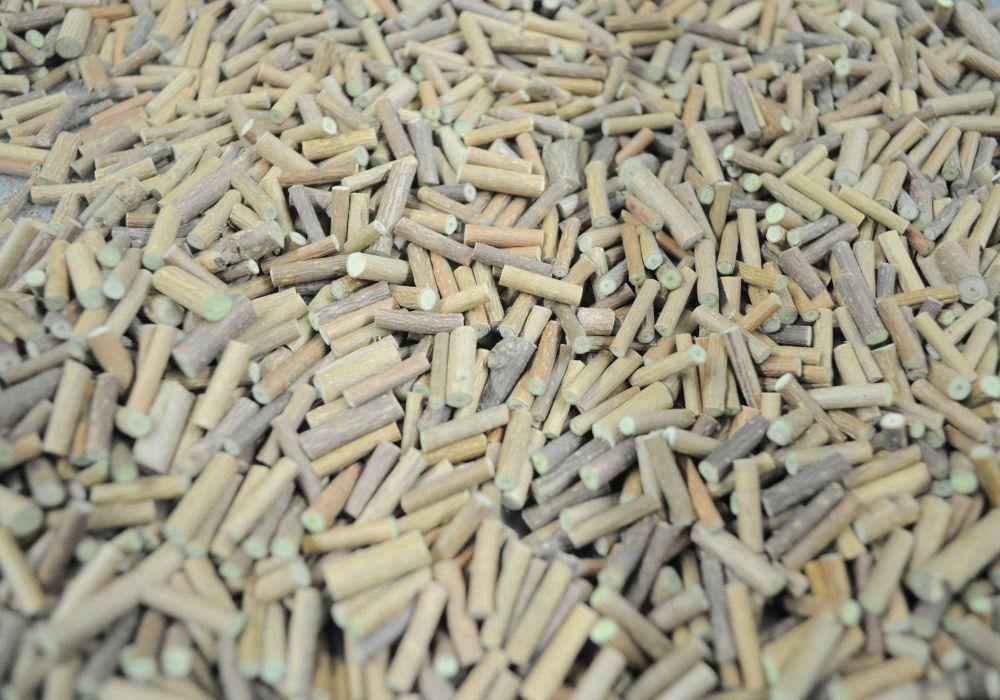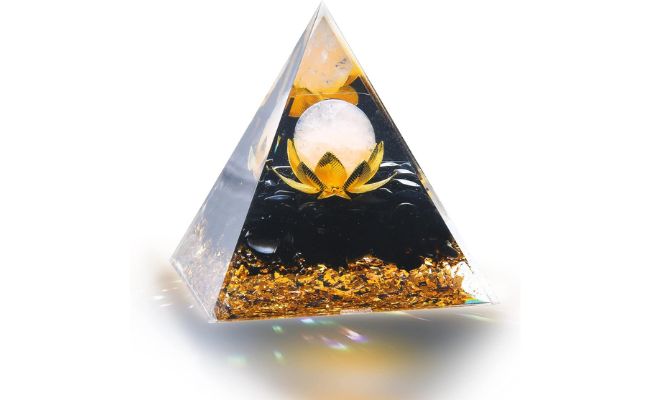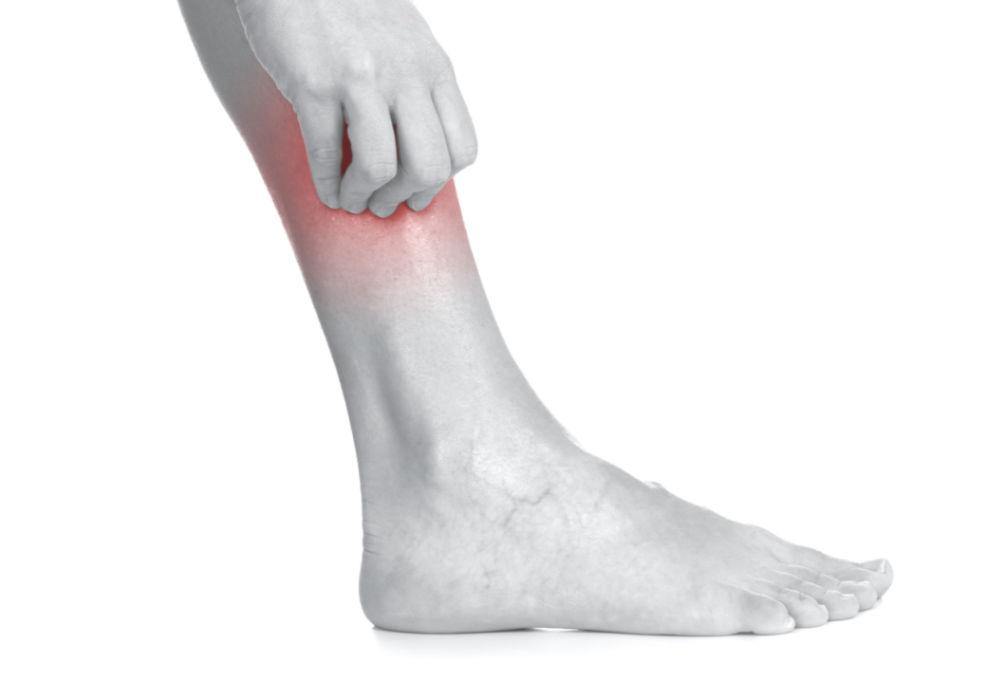
Extractives, What Are They?
Extractives are compounds with a low molecular weight that are found in the porous structure of wood. Their name comes from their being easily extracted with the help of organic or aqueous (water) solvents, without harsh chemical treatments that chemically modify the wood’s constituents (cellulose, hemicellulose, lignin). Extractives are made up of wide range of compounds which are mostly secondary metabolites, meaning that they are not vital for the plant’s growth.
The differences in chemical structures that exist among the three main constituents of wood (i.e. cellulose, hemicellulose and lignin) are minor between different species of trees or shrubs [1]. However, it is interesting to note that wide variations occur in the extractive concentration of different species. Indeed, the extractive concentration (which can vary from 5 to 20%), as well as their nature, varies by different species, geographical location, genetics, and season. Extractives present in the wood are responsible for its color [2],[3],its scent, its hygrometry [4], its natural durability [5],[6], its physical and mechanical properties (dimensional stability [7], acoustic properties [8]). Numerous extractives show distinctive biological activities; wood extracts have been used for centuries as sources for traditional remedies;[9].
We therefore notice that these molecules specific to each type of forest species, in spite of their low concentrations in the wood compared to the three structural polymers, are responsible for the variations of many properties not only between different species, but also within the same tree (for instance the difference between sapwood and heartwood)[10], [11], [12]. Different families, genii, and species contain different types of extractives. Some of these molecules are real “chemotaxons”, in other words, markers whose presence is characteristic of the family, genus and species. These chemotaxons give us insights on plant material (a “chemical signature”). For example, the Cupressaceae family, which is the only source of aromatic terpenic compounds ; tropolones, whose thujaplicins are found in the heartwood of cedar trees [13]. The diversity in molecular structures allows us to file them in many different families [14] ; terpenoids (including tropolones), waxes and fats, polyphenols (benzene compounds containing many phenolic hydroxyls), organic acid salts, complex carbohydrates and nitrogenous compounds (proteins, alkaloids).
The extracts of different wood and bark are always complex mix and their composition depends on the method of extraction used. [15],[16].
[1] Hon D.N.-S. and Shiraishi N. (2001) Wood and cellulosic chemistry, Marcel Dekker, Inc., New York., 914 p.
[2] Amusant N., (2003). Durabilité naturelle et couleur des bois de Guyane : mesure, variabilité, déterminisme chimique. Applications à Dicorynia guianensis (Angélique), Sextonia rubra (Grignon), Eperua falcata (Wapa) et Eperua grandiflora (Wapa courbaril). Sciences forestières et Sciences du bois, Ecole Nationale du Génie Rural, des Eaux et des Forêts, pp. 228
[3] Gierlinger N., Jacques D., Grabner M., Wimmer R., Schwanninger M., Rozenberg P. and Pâques L.E. (2004). Colour of larch heartwood and relationships to extractives and brown-rot decay resistance. Trees 18: 102-108.
[4] Krutul D. (1992). The effect of extractives substances soluble in the alcohol-benzene mixture and in alkalies on some hygroscopic properties of birch wood. Forestry and Wood Technology 43: 93-99.
[5] Aloui F., Ayadi N., Charrier F. and Charrier B. (2004). Durability of European oak (Quercus petraea and Quercus robur) against white rot fungi (Coriolus versicolor): relations with phenol extractives. Holz Roh Werkst 62(4): 286-290.
[6] Barbosa A.P., Nascimento C.S.d. and Morais J.W.d. (2007). Studies on the antitermitic properties of wood and bark crude extracts of forest species from Central Amazonian, Brazil. Acta Amazonica 37(2): 213-218.
[7] Royer M., Stien D., Beauchêne J., Herbette G.t., McLean J.P., Thibaut A. and Thibaut B. (2010) Extractives of the tropical wood wallaba (Eperua falcata Aubl.) as natural anti-swelling agents. Holzforschung 64(2): 211-215.
[8] Minato K. and Sakai K., (1997). The vibrational properties of wood impregnated with extractives of some species of Leguminosae. Mokuzai Gakkaishi 43(12): 1035-1037.
[9] Arnason T., Hebda R.J. and Johns T., (1981). Use of plants for food and medicine by Native Peoples of eastern Canada. Canadian Journal of Botany 59: 2189-2325.
[10] Mosedale J.R., Feuillat F., Baumes R., Dupouey J.L. and Puech J.L. (1998). Variability of wood extractives among Quercus robur and Quercus petraea trees from mixed stands and their relation to wood anatomy and leaf morphology. Canadian Journal of Forest Research 28(7): 994-1006.
[11] Par Eero Sjöström,Raimo Alén Analytical methods in wood chemistry, pulping, and papermaking
[12] Lacandula J.O. (2002). Variations in the physics of wood of selected Philippine tree species as a function Of extractive content. CMU Journal of Science 10(1): 69-111.
[13] Stevanovic T. and Perrin D. (2009) Chimie du bois, Presses polytechniques et universitaires romandes, Nancy, 241 p.
[14] Stevanovic T. and Perrin D. (2009) Chimie du bois, Presses polytechniques et universitaires romandes, Nancy, 241 p.
[15] Royer M. (2008) Les molécules responsables de la stabilité des bois: cas des bois tropicaux de Guyane FrançaiseUnité Mixte de Recherche Ecologie des forêts de Guyane, Université des Antilles et de la Guyane, Cayenne, pp. 242.
[16] Diouf P.N., Stevanovic T. and Boutin Y. (2009) The effect of extraction process on polyphenol content, triterpene composition and bioactivity of yellow birch (Betula alleghaniensis Britton) extracts. Industrial Crops and Products 30(2): 297-303.





